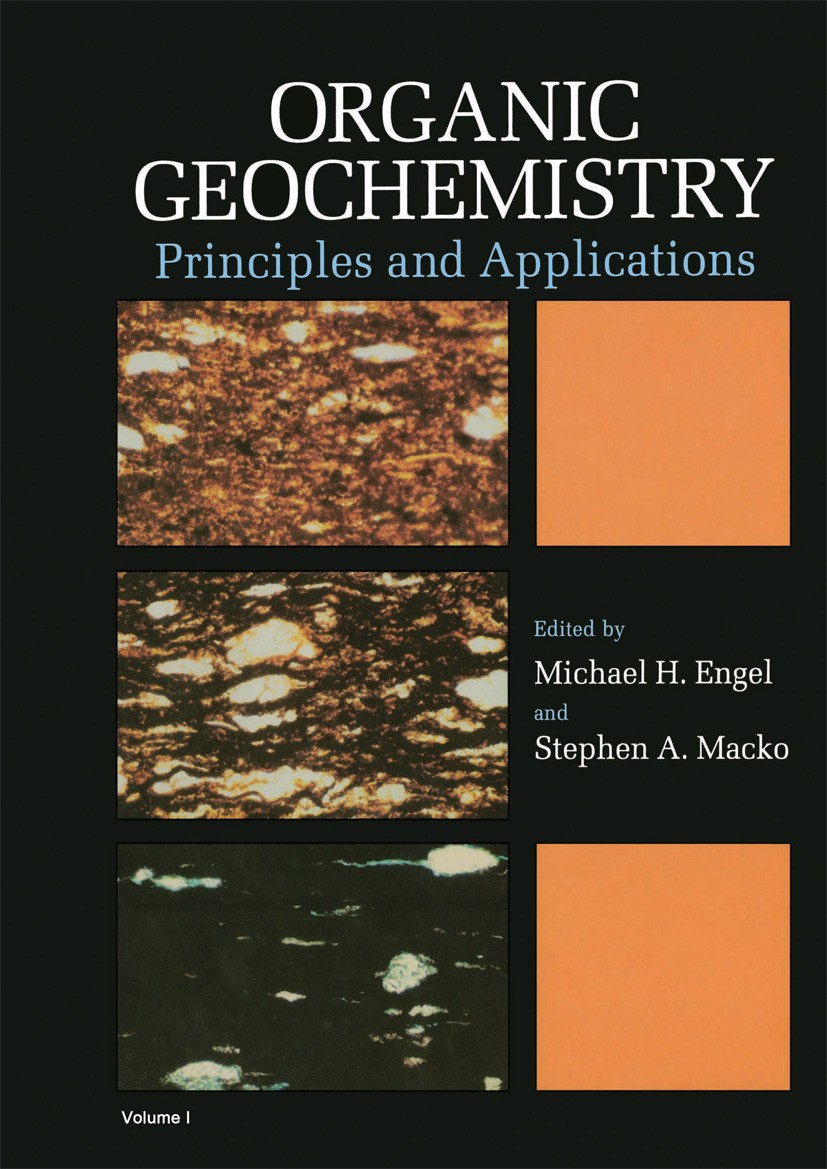黑色页岩有机质富集:粘土矿物有多重要?
IF 2.5
3区 地球科学
Q2 GEOCHEMISTRY & GEOPHYSICS
引用次数: 0
摘要
粘土矿物具有较大的表面积,长期以来一直被认为是通过粘土矿物间层对有机质的吸附来促进黑色页岩中有机质的富集。在本研究中,我们综述了新鲜泥质沉积物及其岩化对应物黑色页岩中的有机质类型及其赋存模式,以及粘土-有机质相互作用在黑色页岩沉积过程中的潜在作用。固体OM(数十纳米至数百微米尺度的颗粒)是新鲜泥质沉积物和黑色页岩中OM的主要形式,并且由于太大而无法容纳在蒙脱石和层间伊利石/蒙脱石的层间区域(< 5nm)。单就这个原因而言,层间吸附机制对黑色页岩中大量有机碳的保存是不可能的。在自然界中,OM和粘土矿物通过形成絮凝物和聚集体而发生物理联系,这有助于延缓OM的微生物降解。黏土矿物与有机质的关联表明,黏土矿物对沉积体系有机碳保存和全球碳循环的影响需要重新评估。本文章由计算机程序翻译,如有差异,请以英文原文为准。
Organic matter enrichment in black shales: How important are clay minerals?
Clay minerals possess large surface areas and have long been thought to contribute to organic matter (OM) enrichment in black shales through the adsorption of OM in clay mineral interlayers. In this study, we review OM types and their modes of occurrence in fresh muddy sediments and their lithified counterparts, black shales, as well as the potential role of clay-OM interactions during black shale deposition. Solid OM (tens of nanometer- to hundreds of micrometer-scale particles) is the dominant form of OM in fresh muddy sediments and black shales and is too large to be accommodated in the interlayer region (<5 nm) of smectite and interstratified illite/smectite. For this reason alone, it is implausible that an interlayer adsorption mechanism would be responsible for bulk organic carbon preservation in black shales. OM and clay minerals in nature are instead physically associated via the formation of floccules and aggregates, which serve to retard the microbial degradation of OM. The association of OM and clay minerals argues for a reevaluation of the impact of clay minerals on organic carbon preservation in the sedimentary systems and the global carbon cycle.
求助全文
通过发布文献求助,成功后即可免费获取论文全文。
去求助
来源期刊

Organic Geochemistry
地学-地球化学与地球物理
CiteScore
5.50
自引率
6.70%
发文量
100
审稿时长
61 days
期刊介绍:
Organic Geochemistry serves as the only dedicated medium for the publication of peer-reviewed research on all phases of geochemistry in which organic compounds play a major role. The Editors welcome contributions covering a wide spectrum of subjects in the geosciences broadly based on organic chemistry (including molecular and isotopic geochemistry), and involving geology, biogeochemistry, environmental geochemistry, chemical oceanography and hydrology.
The scope of the journal includes research involving petroleum (including natural gas), coal, organic matter in the aqueous environment and recent sediments, organic-rich rocks and soils and the role of organics in the geochemical cycling of the elements.
Sedimentological, paleontological and organic petrographic studies will also be considered for publication, provided that they are geochemically oriented. Papers cover the full range of research activities in organic geochemistry, and include comprehensive review articles, technical communications, discussion/reply correspondence and short technical notes. Peer-reviews organised through three Chief Editors and a staff of Associate Editors, are conducted by well known, respected scientists from academia, government and industry. The journal also publishes reviews of books, announcements of important conferences and meetings and other matters of direct interest to the organic geochemical community.
 求助内容:
求助内容: 应助结果提醒方式:
应助结果提醒方式:


